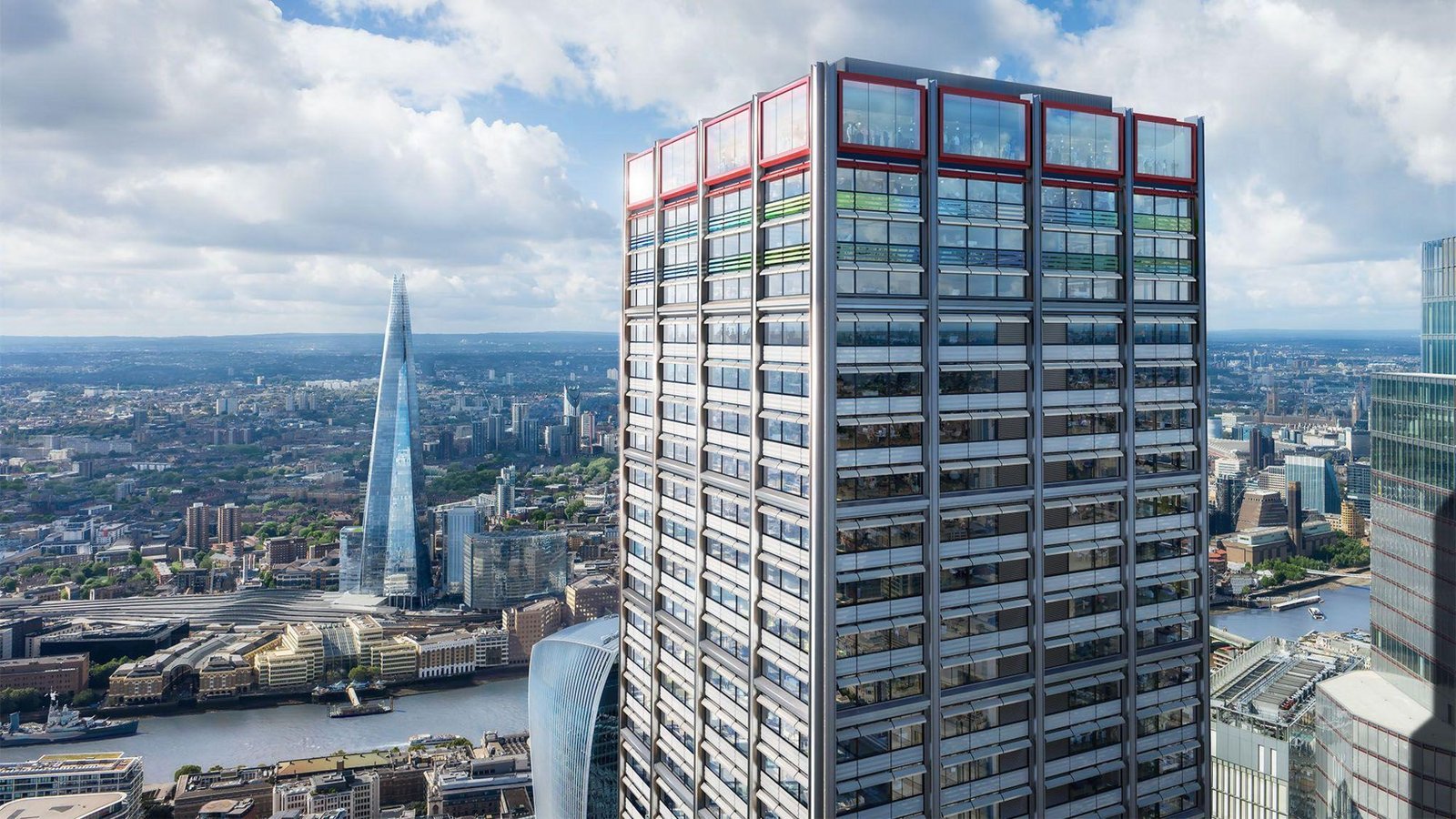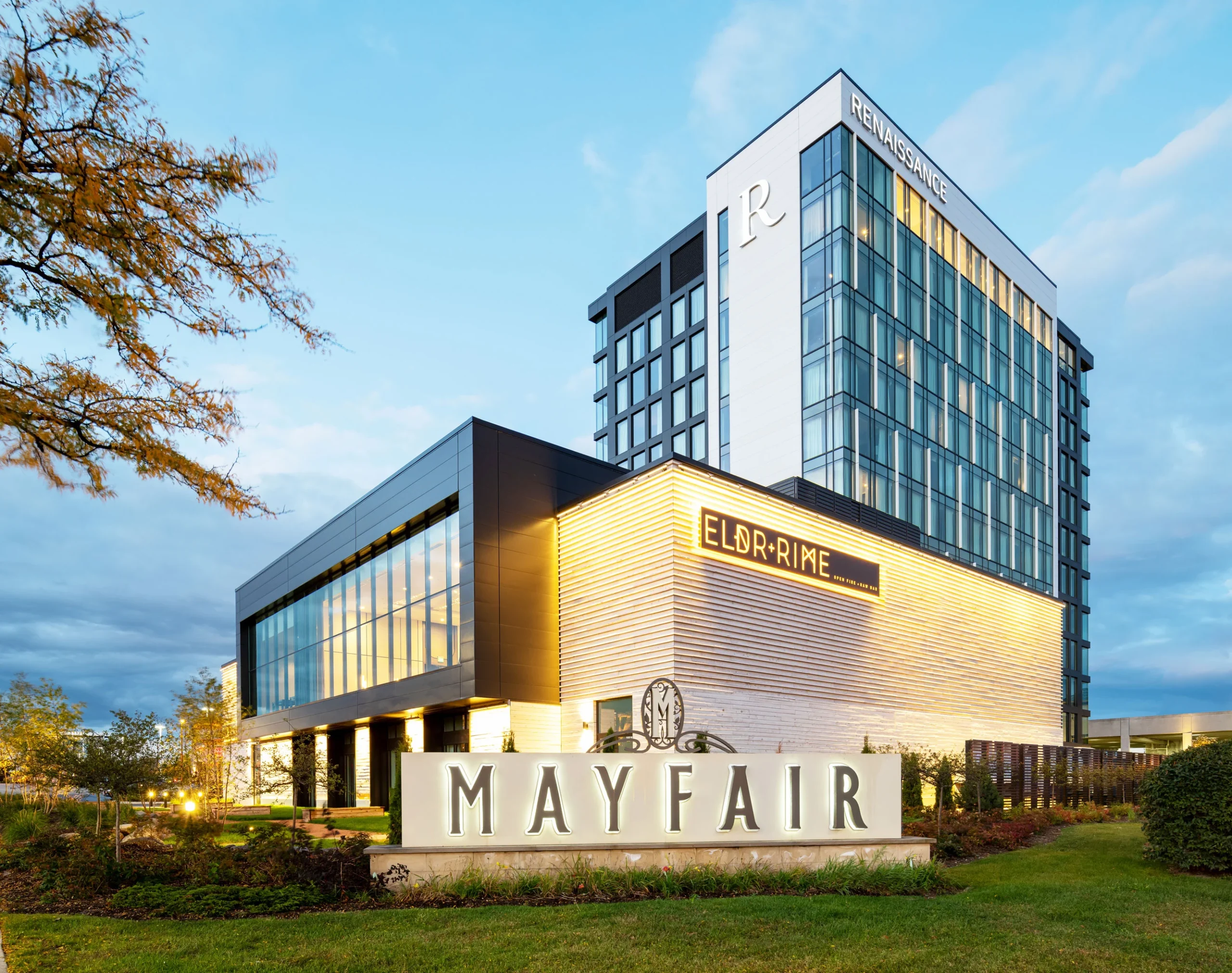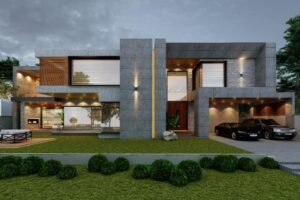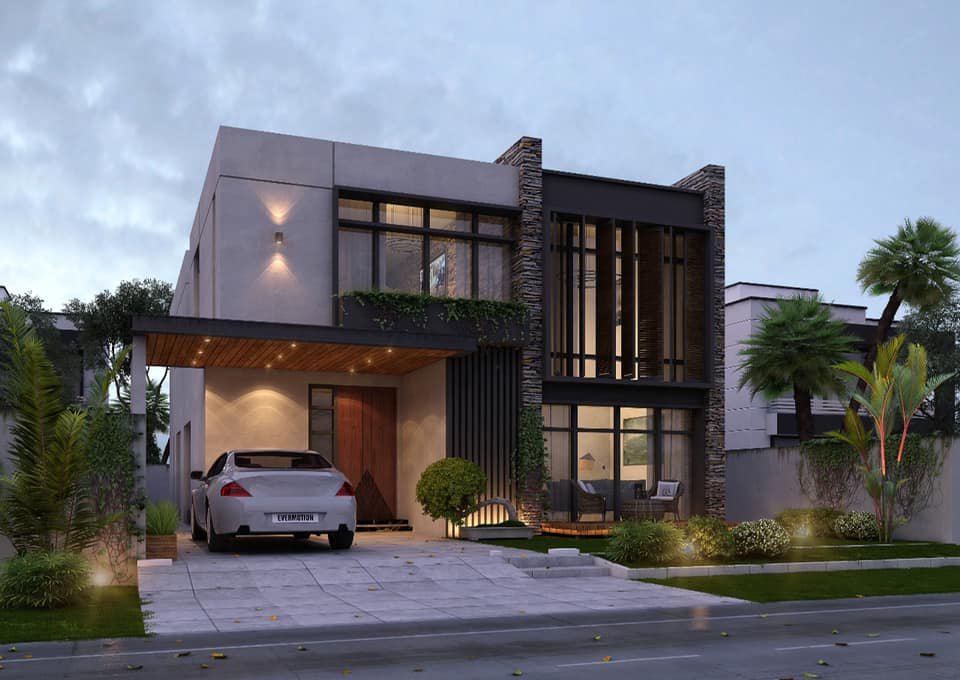
Benefits of Living in High-Rise Buildings
Introduction
Land in urban areas is becoming an increasingly scarce resource due to increasing global population growth levels and rising rural-to-urban migration trends, forcing urban planners to adopt vertical growth over horizontal expansion. Vertical development of the cities has emerged as a solution that can accommodate a large number of people in a smaller area while maintaining sustainable resource consumption. Pakistan’s residential landscape is driven by demand for large bungalows that provide its owners with a sense of prestige. However, the aspiration to own a bungalow for the given purpose is not sustainable in the long run as it is resource-intensive and high maintenance. On the other hand, high-rise apartments do not require high maintenance, and resources are shared among residents with increased efficiency.
Budget-Friendly Housing
The cost of living in an apartment is significantly less than a house or bungalow. Vertical development can provide budget-friendly homes for people struggling to afford rent or ownership. The price of an apartment in a high-rise building is comparatively less than a stand-alone house, and maintenance cost is distributed amongst the units. High-rise buildings can accommodate more people than horizontal developments and even provide an improved standard of living.
In Pakistan, the concept of vertical development is not encouraged because people seek prestige in owning a bungalow or house secluded from others. However, there is a significant housing crisis that can be mitigated using the concept of vertical development. The Government of Pakistan has eased regulations for building skyscrapers and high-rise residential buildings in urban areas to reduce urban sprawl and attract more investments in the real estate sector. Moreover, the incumbent government plans to incorporate horizontal living under its flagship program Naya Pakistan Housing Program, to provide affordable housing options to its lower-income demographic.
Environmental Benefits
Vertical development is a better alternative to promoting green spaces in and around the cities. Environmental sustainability is a significant aspect of vertical development as high-rise buildings allow land for other land-use options. People share several amenities like cooling and heating services in an apartment building. Sharing energy resources leads to less energy consumption and more conservation.
Accommodating More People
The global housing crisis is increasing with growing global population levels. High-rise apartment buildings are innovative and sustainable ways to accommodate more people in a small land area. With the rise in urbanization, tall buildings provide various options for developing residential and commercial areas, allowing the city to grow without infringing agricultural boundaries.
These high-rise and tall buildings are designed as mixed-use structures, and they incorporate housing, offices, fitness, lifestyle amenities, hotels, retail and event spaces.
Urban planners and experts believe that vertical cities help cater to the ever-increasing housing needs of the global population. With more flats and shared spaces, fewer houses, and individual living, the issue of overpopulation can be easily addressed. An apartment costs far less than a house and can easily accommodate 4 to 5 members of a family.
Community Living
High-rise residential apartments and the concept of vertical buildings support community living. People share multiple amenities in a high-rise apartment community, resulting in greater bonding and improved security. The people dwell together in a closely-knitted neighbourhood creating a profound sense of community living.
Remarkable View and Better Living Experience
High-rise buildings provide their residents with spectacular views, especially in well-kept gated communities. Residents living in high-rise apartments face minimal noise pollution due to the alleviation of the apartment from ground level. This makes high-rise residential living a suitable option for people who avoid noisy places but still want to remain connected to a community. The high-rise living also offers residents multiple amenities in one place, such as underground parking, a swimming pool, dining options, workout areas, and recreational facilities. When living in independent and secluded bungalows, traveling from the grocery to the workout area is daunting compared to living in a high-rise apartment building where all of these facilities are offered in the same building.
Conclusion
Vertical cities and high-rise apartments can help create budget-friendly houses for people who struggle to afford rent or ownership of houses. High-rise apartments are environment-friendly as they help conserve water and energy and provide more space for land-use options like parks and gardens. Urban planners believe that vertical cities can help cater to the ever-increasing housing needs of the global population. The affordable housing crisis can be solved with more flats and shared spaces and fewer houses for individual living. Furthermore, the high-rise residential apartments and the concept of vertical buildings support community living among the residents.
Get to know the advantages and disadvantages of high-rise buildings.



